If there is one command you and your dog should perfect, it is the recall. There is no other command more useful and potentially life saving than the revered "come" or "here". This type of training is incredibly important for every single dog on planet earth and I cannot stress that enough. Accidents happen every day and you want to be confident that you will have control over your dog in every situation.
One moment you could be walking your dog quietly down the street and the next you could find your dog slipping its collar and in pursuit of a rabbit towards busy traffic. A loud, firm "HERE!" could save your dog's life if he or she is properly trained.
Hiking is an activity every dog should enjoy, it feeds both body and soul and provides the best kind of exercise you and your dog can experience together. Hiking off leash is a privilege that has limitless benefits for a dog but it can only be truly enjoyed by dogs with perfect (or near perfect) recall. While you are hiking, every time you see a person in the distance, you should call your dog to you and leash them up until you are alone again. You should especially do this when you see another dog to keep your own pet safe and prevent fights or negative contact with strange animals. You should also never allow your dog to approach other people or dogs off leash, under any circumstances, unless you know the person and have given one another permission to allow each dog to interact.
The recall is so important and is useful in every situation that involves your dog. There is no excuse not to train this command and the consequences of not training this can be extremely frustrating and often dangerous. It is easier than most people think, as it just requires consistency and effort. There is no need to hire an expensive dog trainer to help you perfect it, it just takes knowledge and effort.
The purpose of the restrained recall is to hold the dog back while the handler excites the dog and runs in the opposite direction. A toy may be used if the dog is especially toy motivated. The primary handler will walk or jog away, calling the dog’s name and using their “here” or “come” command in a happy, excitable voice while playing with the toy and doing absolutely everything they can to encourage the dog. The dog should be barking, going wild and trying to run after the primary handler. Once the dog is worked up and trying to chase the owner, the secondary handler should release the dog and follow after for safety purposes. The primary handler should call the dog again, give the recall command, and praise and reward with play once the dog reaches them. Repeating this exercise gets the dog excited and enthusiastic about the recall and teaches him or her that great things happen when they go to their owner.
Once the dog learns the first step and the handler feels confident about the dog coming when called, the second step is to teach the dog to sit and stay. Once the dog is able to sit and stay, the handler will walk away from the dog. Once at a good distance the handler will call the dog and give the chosen recall command. At this point, they should continue to be extremely exciting to entice the dog to come to them. As soon as the dog reaches them, they should offer lots of play and praise. The dog continues to learn that whenever the dog responds to the command by running to the owner, it is rewarded with lots of fun and positive things. Owners should include food rewards for the dogs that are food motivated.
An important note to remember is that an owner should never discipline a dog for coming to them, even if the dog has ignored their commands previously and generated frustration in the handler. Disciplining the dog is counter productive. When the dog finally comes to you, you have the perfect opportunity to reinforce the fact that if the dog comes when called, it will be rewarded. The reward you offer should be greater than whatever "fun" and "exciting" thing kept them from coming to you in the first place.
Training the recall is a lifelong commitment. Once the foundation is set, owners should strive to practice it whenever they can and further cement that obedience. They will find themselves with a well behaved dog that is under their control when out in public. Ultimately, time outdoors with your dog becomes stress free and enjoyable.
Angel
K9 Instinct
www.k9instinct.com

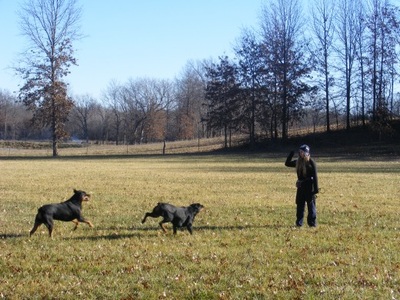
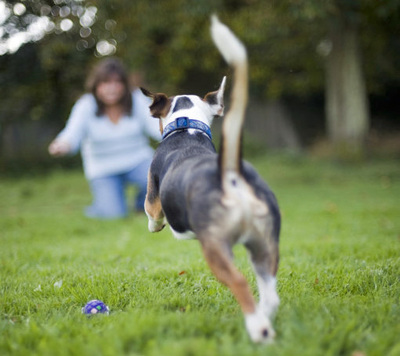
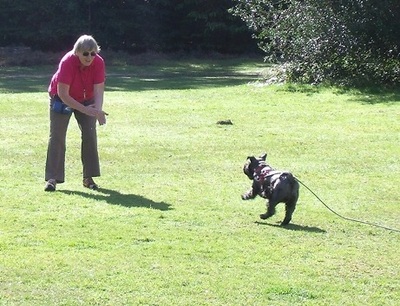
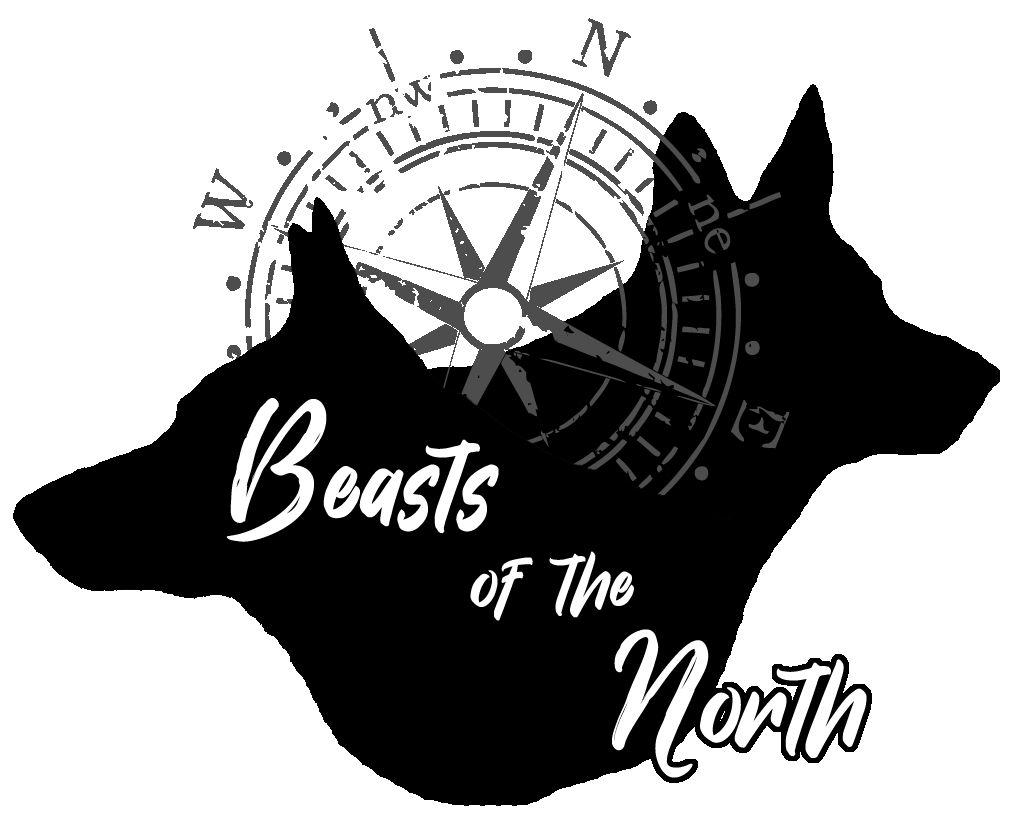
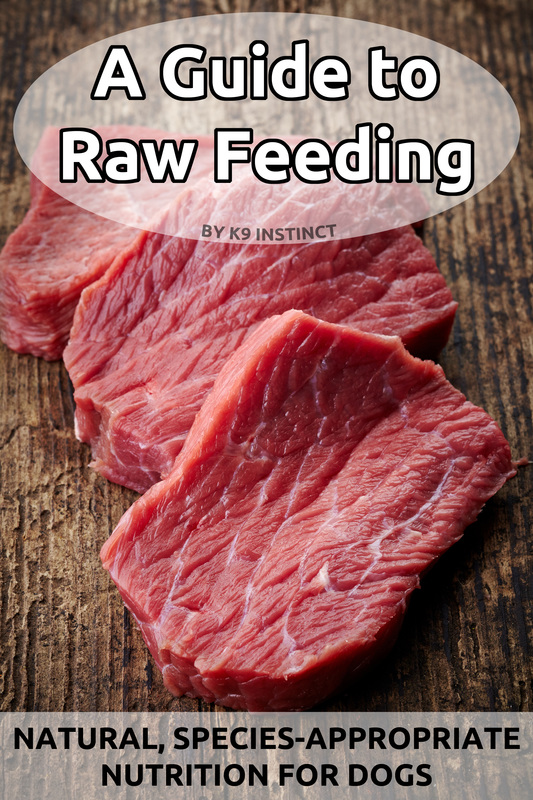
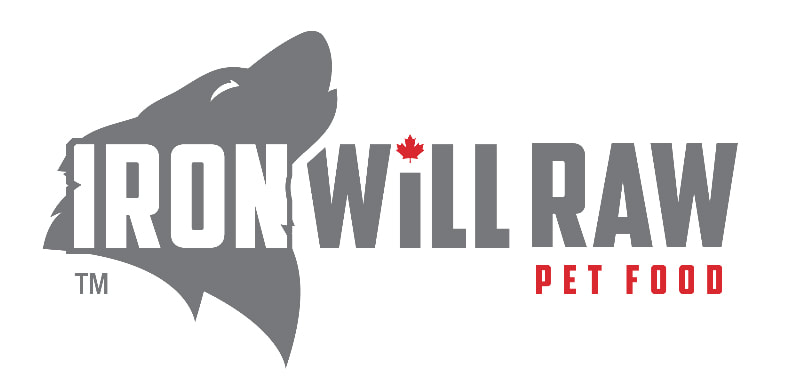
 RSS Feed
RSS Feed
